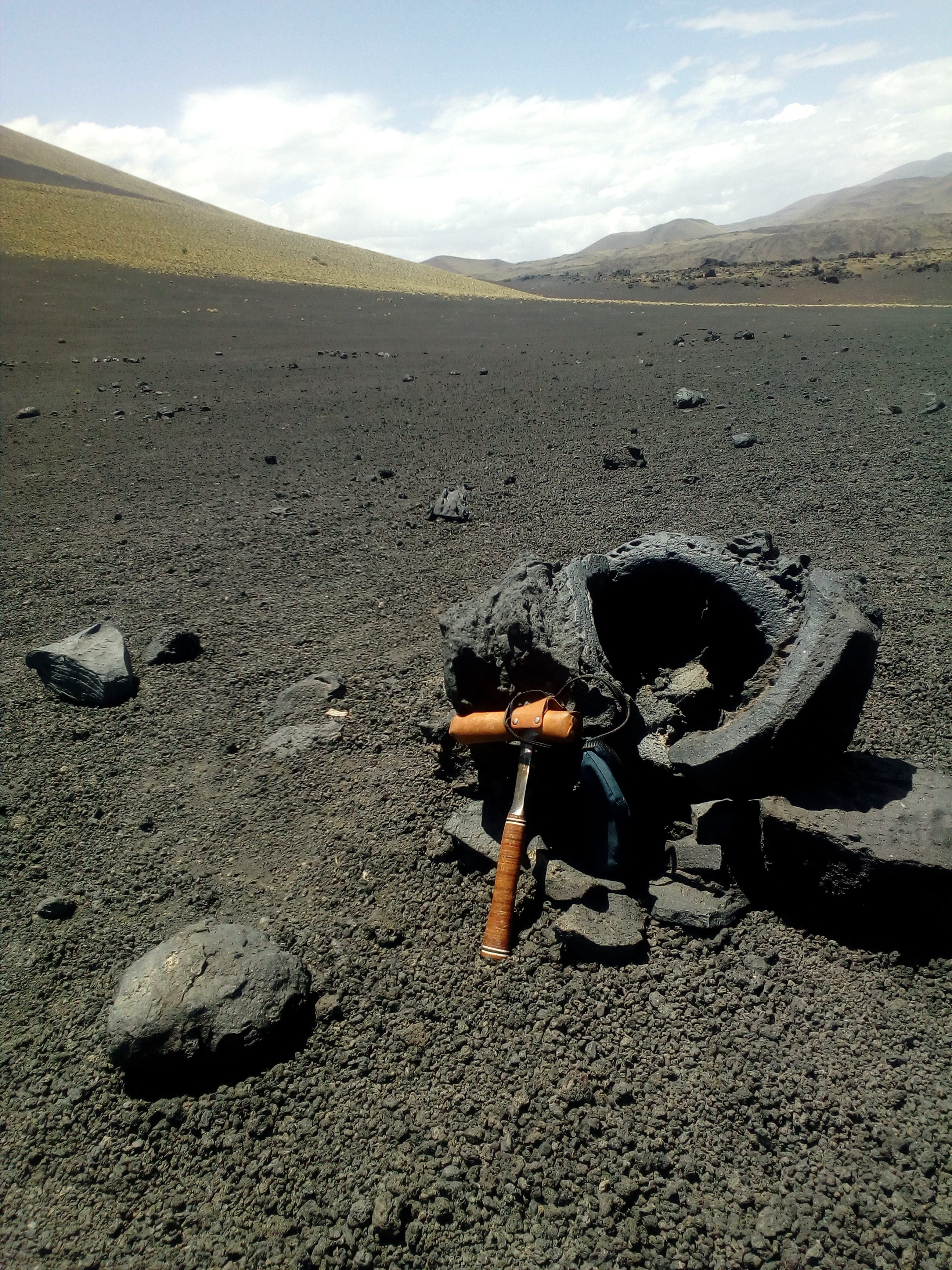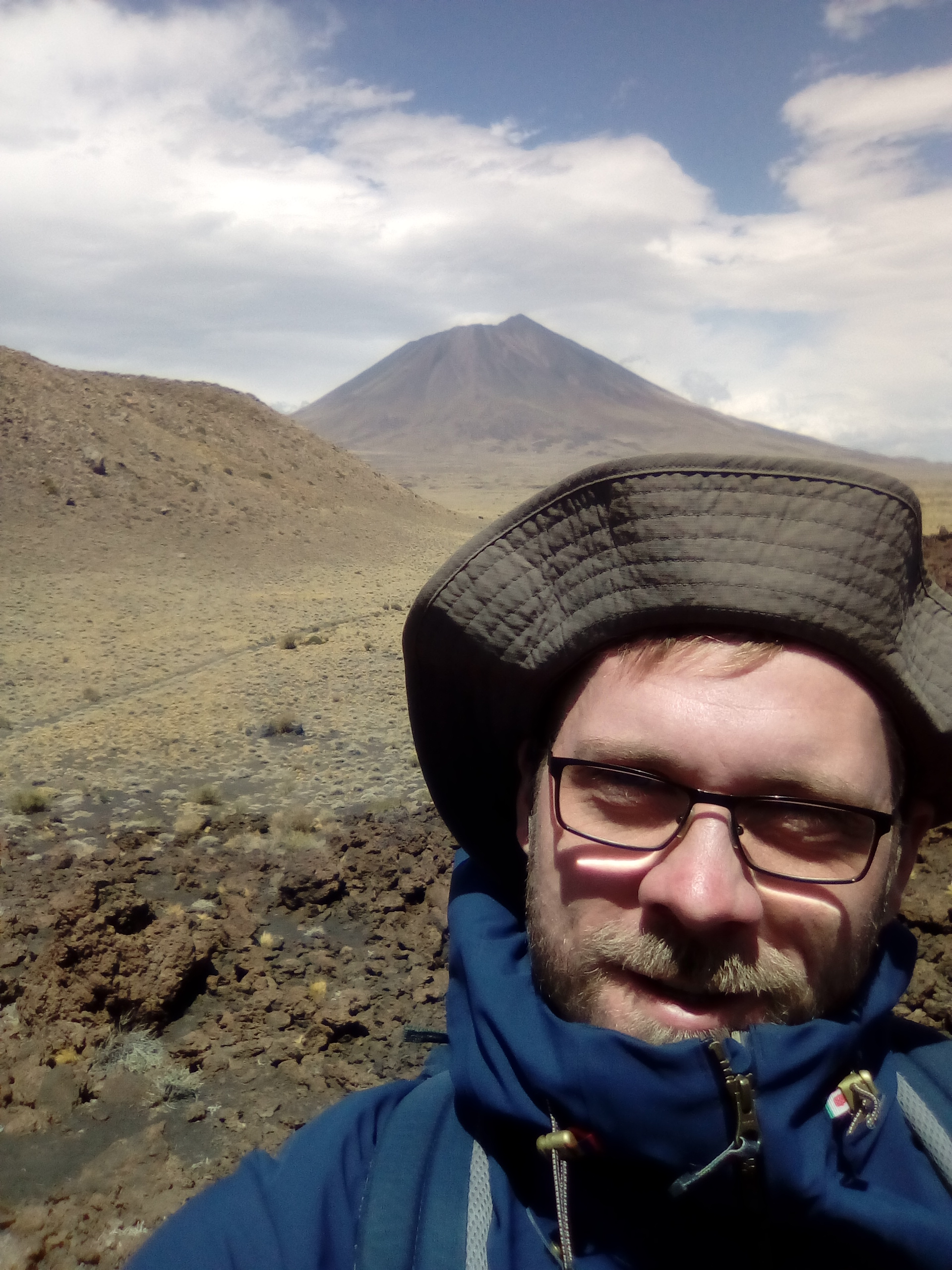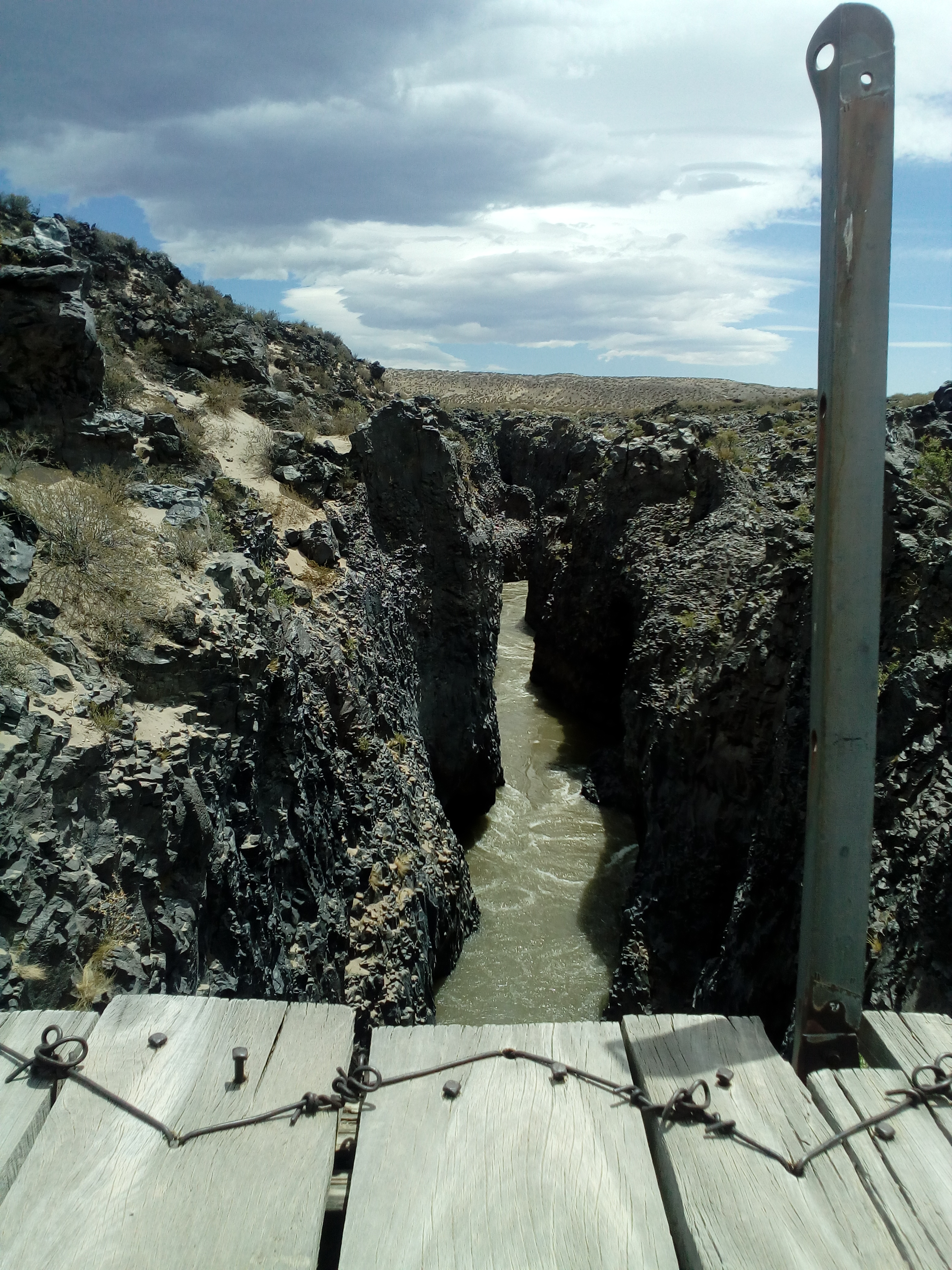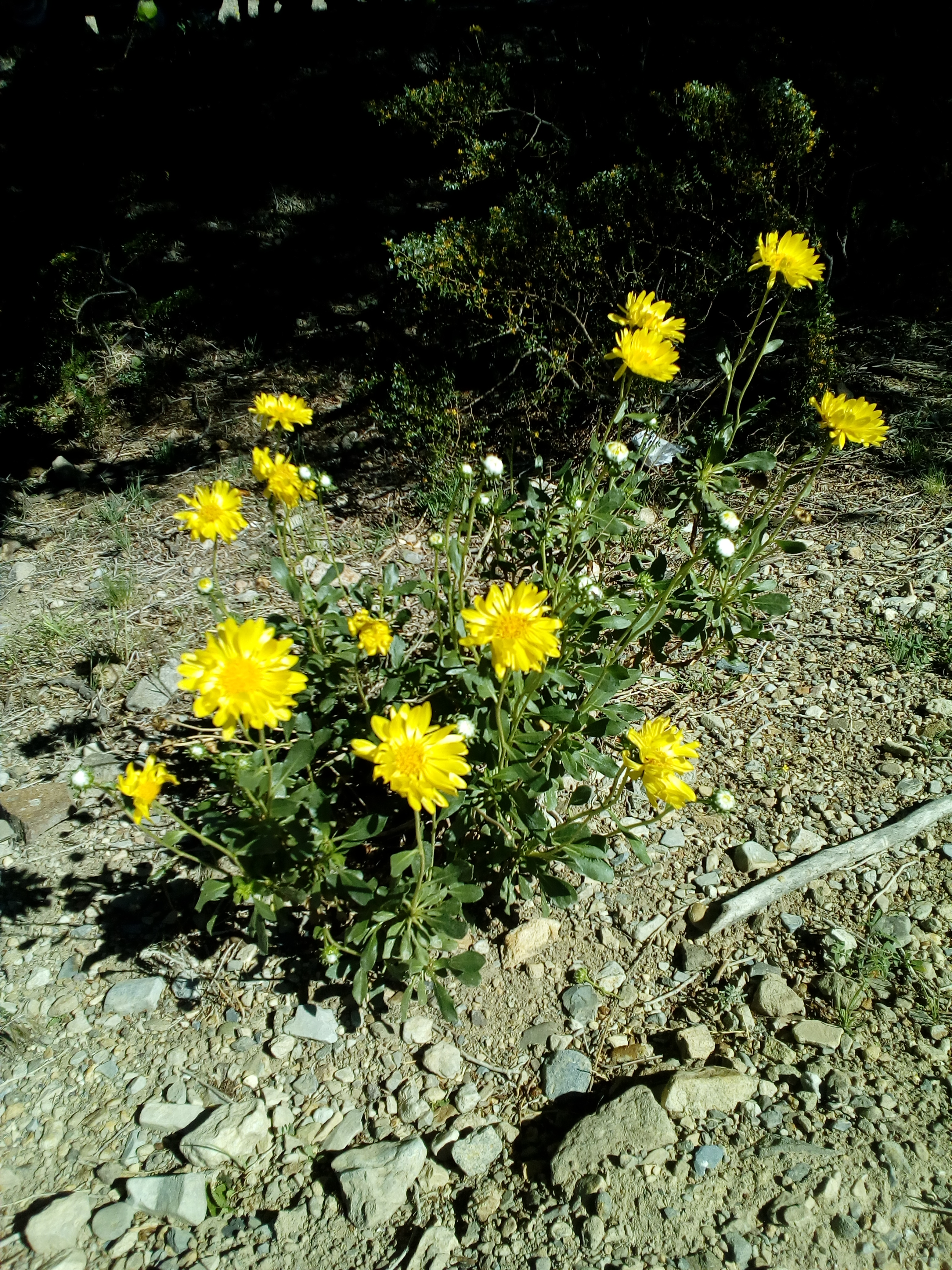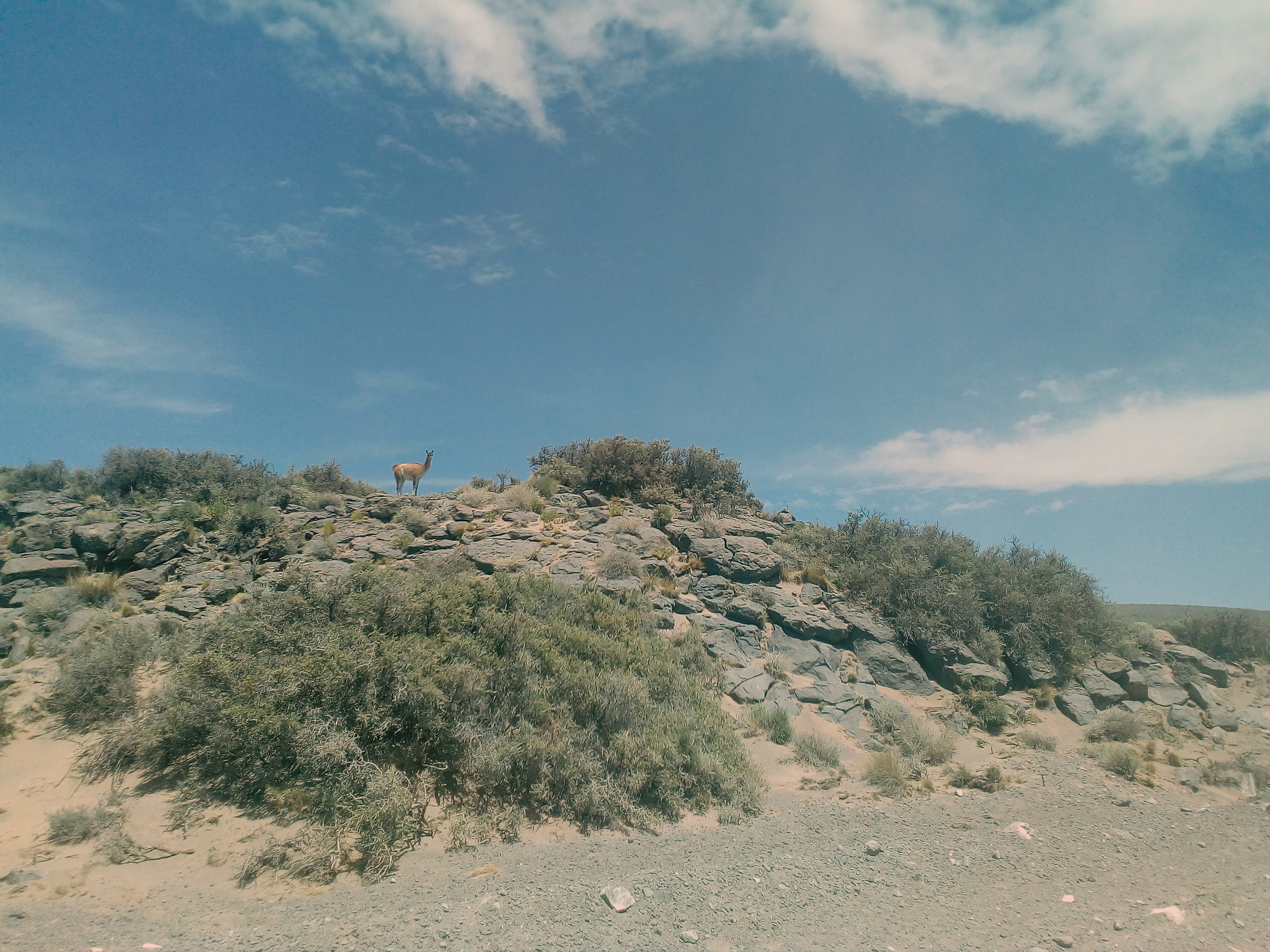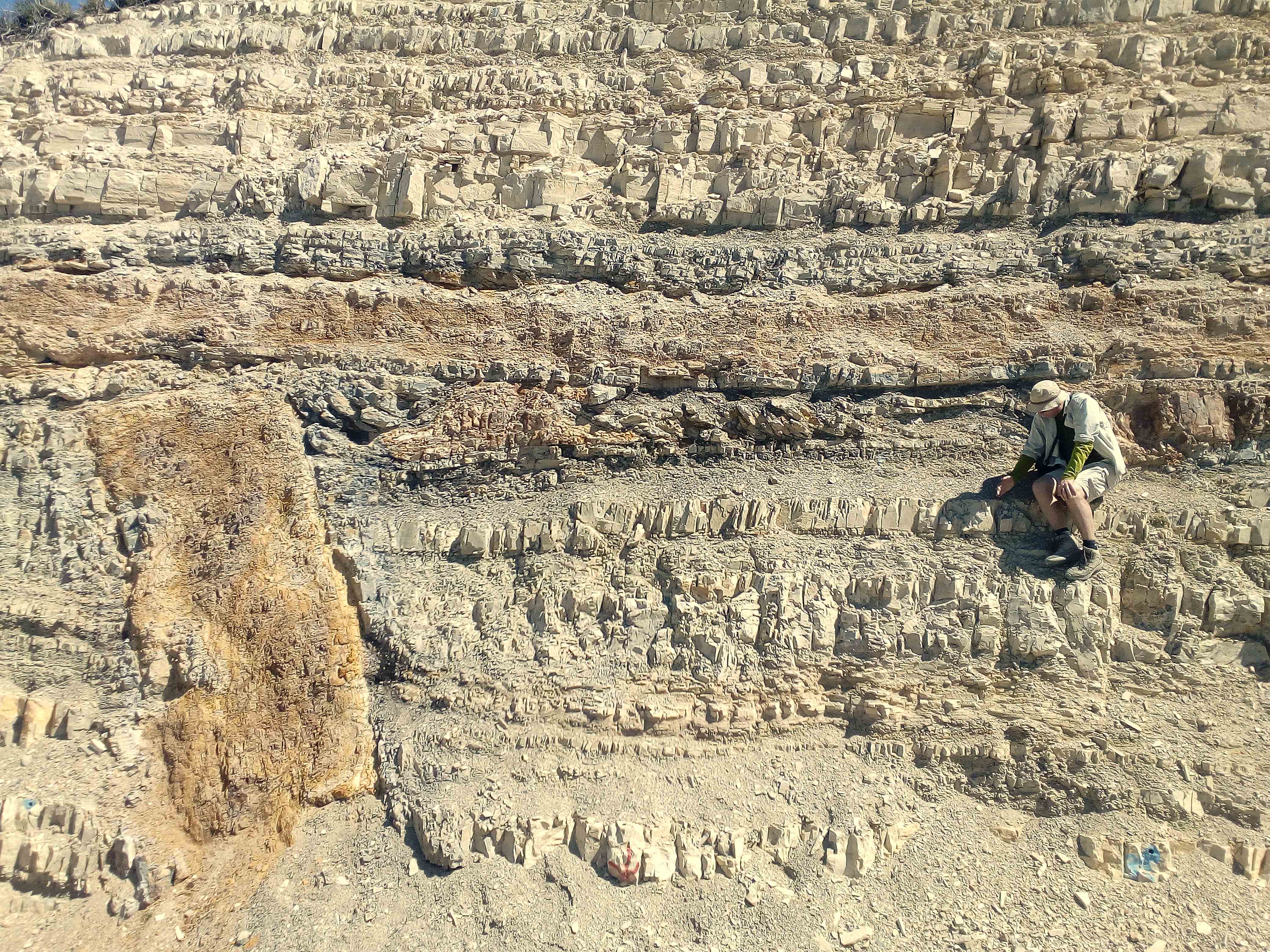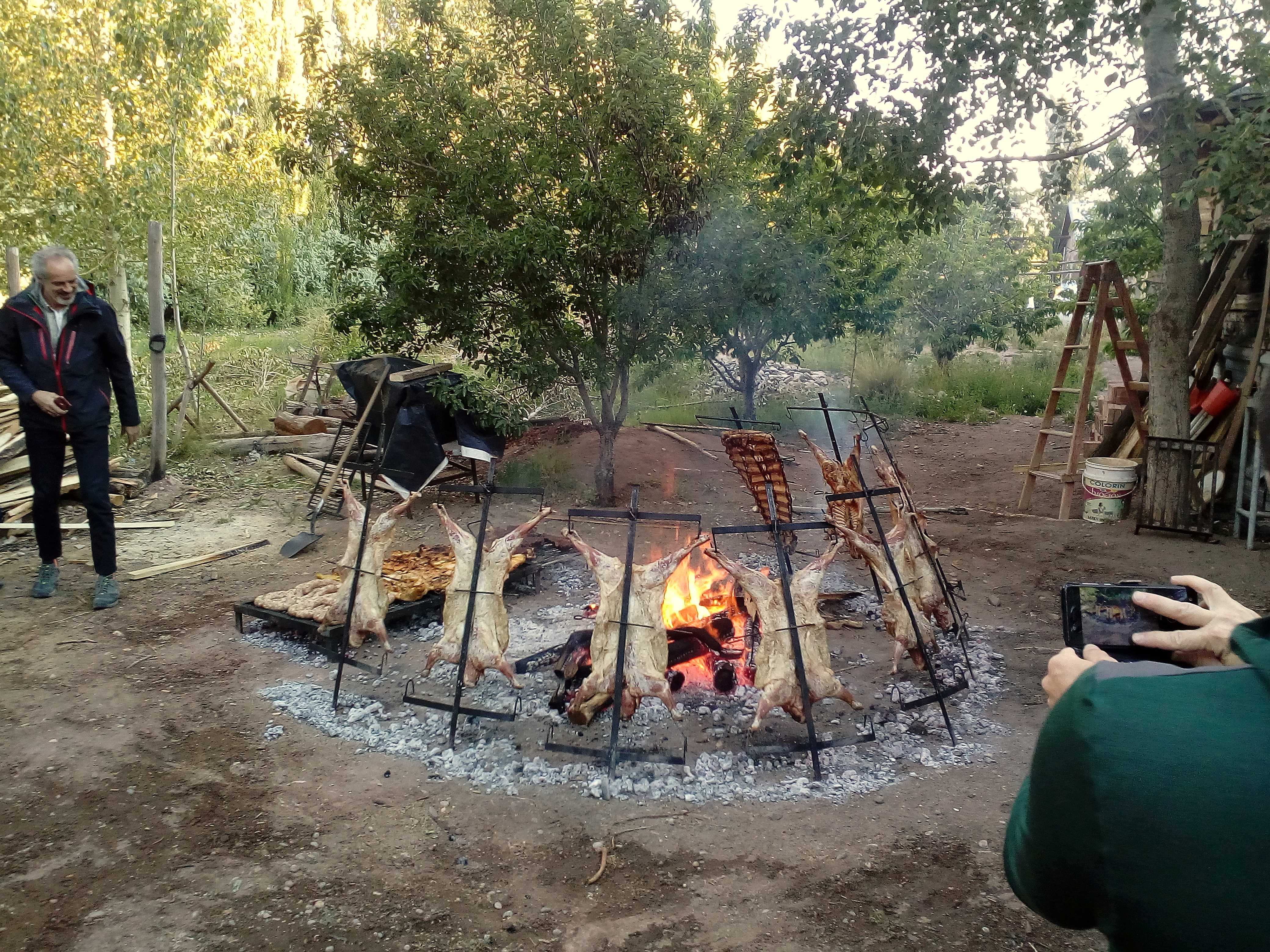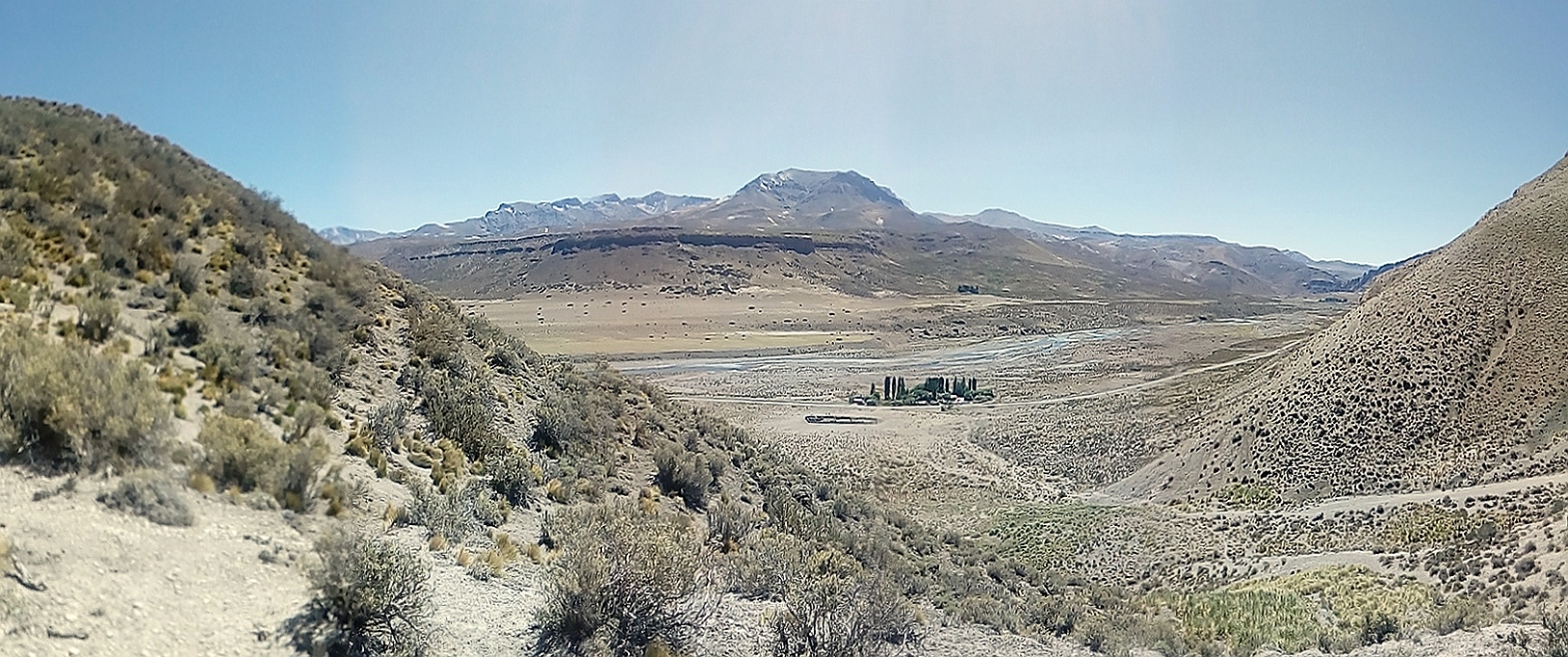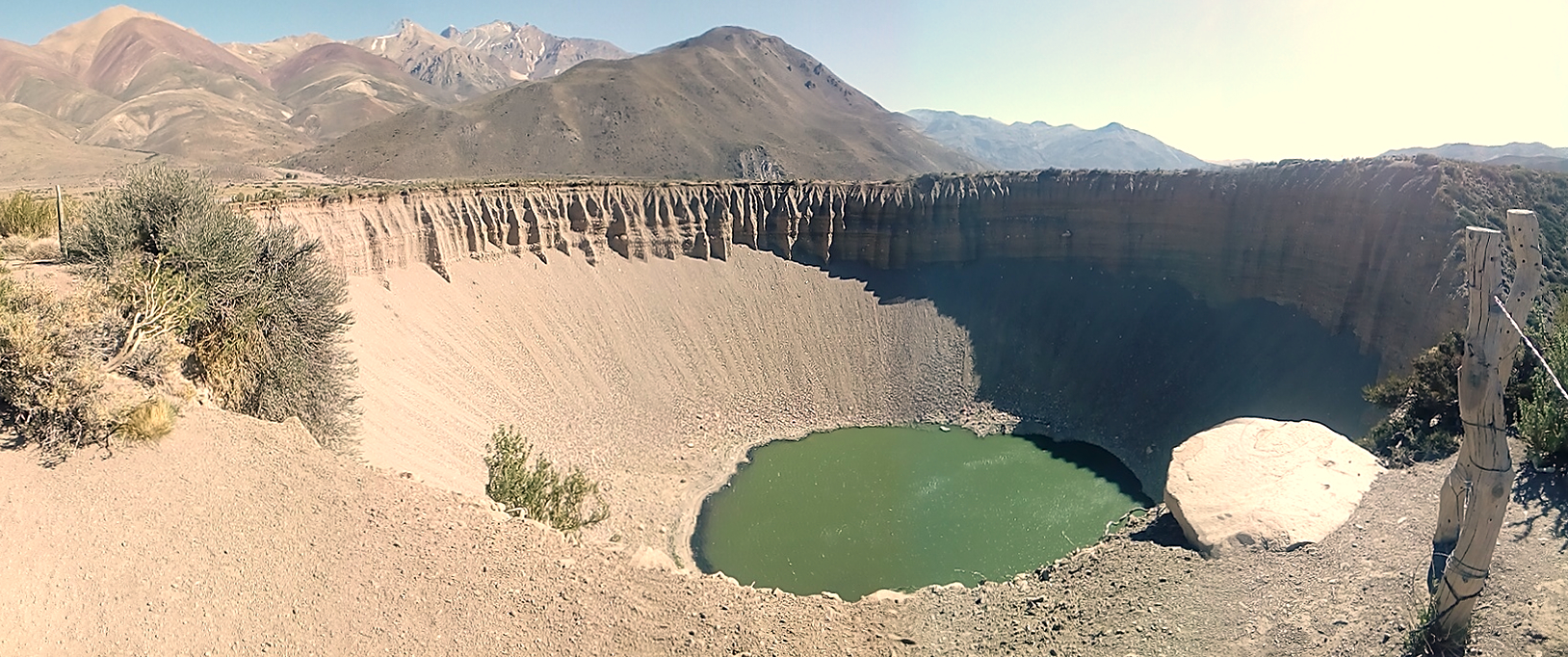LASI 6 - From Germany to Argentina

The LASI 6 conference in Malargüe (Argentina) provided a good opportunity to give a review of the research results on the impressively large and caldera-forming volcanic eruptions during the late Paleozoic in eastern Germany, carried out by the research group of Prof. Christoph Breitkreuz at the TU Bergakademie Freiberg. My poster presentation was based on the results of decades of research, and although Christoph recently retired, his legacy will continue to have an impact. I am very grateful for his friendship as well as for the many opportunities and introduction to the amazing world of volcanoes that he gave me!
During the Late Paleozoic, over a period of 50 Ma, an ignimbrite flare-up led to the formation of a multitude of volcanic centers in Central Europe. They have to be contemplated in the light of a changing tectonic setting from late- over postorogenic, related to the Variscan orogeny (Gondwana – Laurussia collision), to rifting processes. The subvolcanic perspective reveals a broad inventory of features like sills, dykes and laccoliths as exemplified by the Flechtingen-Roßlau Complex, North Saxonian Volcanic Complex, Tharandt Wald Caldera and the Altenberg Teplice Volcanic Complex. The comparison of these volcanic centers to well-studied but active Cenozoic systems like Yellowstone, Valles, Galan, Long Valley may provide complementary information on continental magmatic plumbing systems such as cyclicity and resurgence. A direct correlation between specific subvolcanic features and the ignimbrite types (zoned ignimbrites, monotonous intermediates and unzoned rhyolitic ignimbrites) is not visible so far.
My review (poster) can be found on ResearchGate. All of the cited and newly published articles can be found here. I hope you enjoy the pictures from the conference field trips.
